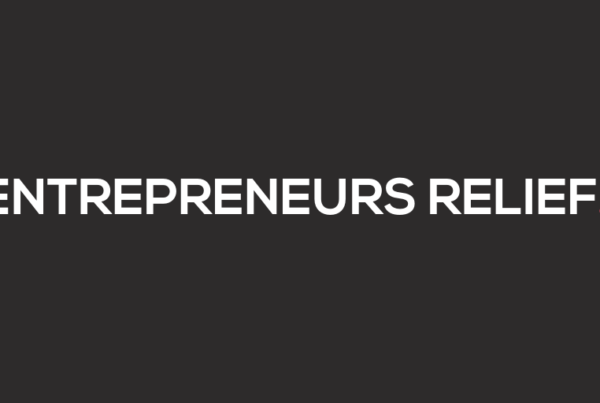Value Added Tax (VAT) payments go largely unnoticed in our day to day lives. Unlike for our friends ‘across the pond’ where tax payments are added at the till, here in the UK Value Added Tax is incorporated into the price of most products and services. As a result, few understand its importance or how it affects a business.
For new business owners, managing a company’s finances can seem a complex task and many fear unwanted visits from the Inland Revenue. At My Accountancy Place we are committed to helping businesses tackle financial issues with ease. Below we have outlined our fuss free approach to understanding VAT:
A short history
Until 2011 the UK’s VAT rate stood at 17.5%, however the impact of the recession forced the government to raise it to 20% to help raise funds to cover the deficit. However, some products such as domestic fuel and energy are given an allowance and charged at 5% VAT. Other products, such as equipment for disabled people and certain safety equipment, is charged at 0% VAT. Importantly, the Inland Revenue requires companies to record and report all 0% transactions.
What is VAT?
VAT stands for Value Added Tax and is a tax levied on the sale of good and services. The tax is added to most goods and services that VAT-registered businesses provide in the UK. It’s also charged on goods and some services that are imported from countries outside of the European Union (EU), and brought into the UK from other EU countries.
Does your company need to register for VAT?
Not all companies are VAT registered. Whether the company needs to register for VAT or not is dependent on the level of taxable turnover your company accumulates. If your company has a taxable turnover of over £79,000 for 12 months then it is necessary to register for VAT; if you don’t your company is at risk of being fined. Similarly, companies which purchase goods from elsewhere in in the EU will also need to register.
Voluntary registration
If you are a start up business and your turnover has not yet reached the £79,000 threshold mentioned above, you may still choose to register for VAT. There can be huge benefits of doing this. As well as giving the image of a “bigger”/more established business to your clients, there is a benefit on cost reduction too. This is down to the VAT that you incur on your suppliers’ invoices. When My Accountancy Place was set up in business, it meant costs such as a website, video, marketing materials, a laptop etc. had to be covered. All of these costs had VAT charged on them at 20%. By being VAT registered, these costs could all be claimed back through the VAT system.
How to work out VAT
If you are a VAT-registered company you are required to charge VAT on every sale you make to other businesses or customers. This is done by multiplying the cost of the VAT rate and adding it to the price you charge. For accounting purposes, it is important to distinguish on receipts between the cost before VAT, the cost of VAT and the final price. It is also necessary to keep a record of all VAT transactions, including when you’ve been charged yourself and when you have charged VAT to customers. However, when VAT-registered businesses buy goods or services they can generally reclaim the VAT they’ve paid.
Paying VAT to Revenue and Customs
Generally, VAT returns should be filled out and returned to Revenue and Customs every three months. Forms will show your net output tax (how much VAT you have paid) and your input tax (how much VAT you have charged). Companies pay the HRMC the difference between your output and input tax. However, if you have paid more VAT than you accumulated, the HRMC will reimburse you.
We hope that this brief summary has helped strengthened your understanding of when VAT is used and how it is applied. For more information about the tax services My Accountancy Place provides please click here.





